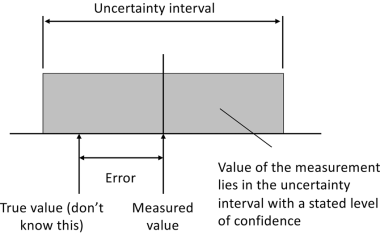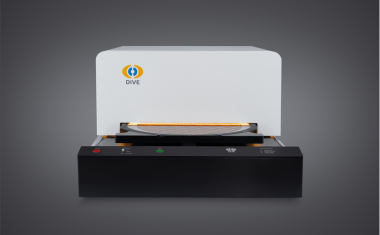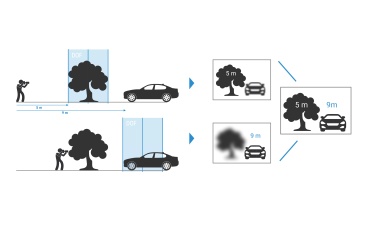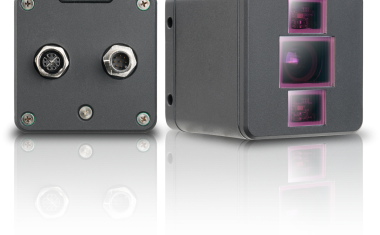Optogenetics Relies on Multiphoton Microscopy
New, longer-wavelength laser sources that offer high power at two different near-infrared wavelengths are enabling advances in this red-hot application, and also benefit other imaging techniques using multiphoton microscopes.
The field of neuroscience has become the key application for multiphoton optical microscopes because of its substantial funding level. Plus, multiphoton microscopy offers the ability to provide high resolution neuronal images in the cortex of living animals. In particular, the technique of optogenetics is enabling new insights at the level of individual neurons, allowing them to be correlated with function at the neural network and actual patient level. This article examines how the higher power and longer wavelengths of the latest tunable lasers are enabling researchers to conduct these optogenetic studies on ever larger networks of neurons.
Multiphoton Microscopy and Optogenetics
Multiphoton microscopy is one of the most powerful imaging tools for life-sciences research and pre-clinical applications because it provides inherent three-dimensional resolution with minimized damage to live samples. In multiphoton microscopy, an ultrafast laser is tightly focused at a target depth in the sample. An ultrafast laser provides a high frequency (up to 100 MHz) stream of pulses with pulsewidths (pulse durations) as short as a few tens of femtoseconds. At the focal plane, and only at the focal plane, the peak intensity is high enough to drive two-photon or even three photon absorption (figure 1). For example, a fluorescent dye that normally absorbs blue light at 450 nm can be excited using a 900 nm ultrafast laser. By scanning the focused laser beam, a three-dimensional image is rapidly constructed.
Pioneered by Deisseroth in Stanford and Boyden at MIT, optogenetics is an innovative method where light is used to stimulate specific cells, thanks to a class of transgenic proteins - the opsins [1]. When irradiated at the appropriate wavelength, these membrane resident proteins enable Ca2+ ions (or other ions) to flow across the membrane leading to a spike in the membrane potential that mimics the normal action potential used for neural signaling. While early optogenetics research was done using simple LED light sources, an appropriate ultrafast laser can be used for this photo activation of particular sites, possibly, in conjunction with a spatial light modulator. A second ultrafast laser beam is usually then deployed for tracking the Ca2+ activity, often using a genetically encoded calcium indicator (GECI) - which is a protein whose fluorescent properties change according to local Ca2+ concentration. In this way, the pattern of activity can be imaged as it transmits through the cortex of a mouse (through a glass window), both spatially and temporally. Figure 2 schematically illustrates these basic principles of a typical optogenetic experiment.
Avoiding CrossTalk
Obviously, it's very important to avoid crosstalk between the activation and interrogation processes used in optogenetics. So, at a minimum, an optogenetics experiment needs two different ultrafast wavelengths. In addition, researchers will usually first map the structure of the neural network (i.e., its micro-topology) before stimulating it in any way. This initial imaging is usually also done with two-photon excitation, frequently using a fluorescent protein that works at the photoactivation wavelength (because activating simultaneously many neurons has no impact on the topological image.)
Minimization of optical damage and optimization of imaging depth both happen at the longest possible wavelengths. Fortunately, some longer-wavelength optogenetics activators are already well developed and stable, such as C1V1 which can be very effectively activated at 1050 nm. (This 1050 nm wavelength is first used to map the neural structures using a fluorescent protein such as one of the mfruits.) Probing can then be done at 920 nm with a fluorescent calcium indicator called GCaMP, which is unresponsive to 1050 nm.
Until very recently, most laser sources for multiphoton microscopy were based on titanium:sapphire (Ti:S) technology. By incorporating an optical parametric oscillator (OPO), Ti:S based lasers, such as the Coherent Chameleon Vision family, can provide two independently tunable wavelengths. This is still the preferred and best source for many live tissue applications. This combination also provided an existing solution to generate 920 nm and 1050 nm making it adequate for early optogenetic experiments, where image intensity and/or speed are not critical requirements. However the total available power from the combination of the OPO and its Ti:S pump is about 1 watt.
Trends in advanced optogenetics and optical physiology require higher power for several reasons. First, the emission of fluorescent probes (when not saturated) is proportional to the laser peak power times the average power. In addition, higher laser power can enable deeper images, by compensating for losses due to tissue absorption and scattering. Even more important, power is key for faster imaging. Specifically, at present a typical multiphoton experiment with individual neuron resolution might involve stimulating and then imaging the activity of only a few neurons simultaneously. Ultimately researchers would like to simultaneously survey as many as 10,000 neurons, which means a column of cortex measuring 250 µm x 250 µm, with a depth up to 1 mm. This will require very fast scanning with fast modulators, or splitting the beam intensity and scanning the tissue with multiple focused spots. Either way, power is key to obtaining acceptable signal to noise images at these faster sampling speeds.
A New Laser Source
In response, laser manufacturers have developed a completely different type of tunable ultrafast laser based on ytterbium. An example is the Chameleon Discovery from Coherent. The primary output of this laser is continuously tunable from 680 nm - 1300 nm, with short pulsewidth (100 fs) and power up to 1.4 watts, while simultaneously providing 1.5 watts of output at 1040 nm. This high power combination is ideal for the typical long wavelength optogenetic scheme just described and early adopters are privately reporting to Coherent nearly an order of magnitude increase in the number of neurons they are able to activate.
These new lasers are also well-suited to other multiphoton imaging applications. For example, their wide tuning range, high power and short pulses are ideal for optimum two-photon excitation of all popular fluorescent proteins (inclusive of eGFP, YFP and all the red-shifted proteins) and dyes. In addition, the availability of dual wavelength pulses that are synchronized makes these lasers a perfect source for techniques like coherent anti Stokes Raman scattering (CARS) and stimulated Raman scattering (SRS).
Conclusion
To summarize, optogenetics is yet another standout example of the synergistic relationship between laser development and laser application. Existing technology can demonstrate a new technique that yields new science, but widespread deployment and better data often requires new laser tools specifically developed and optimized for the application.











